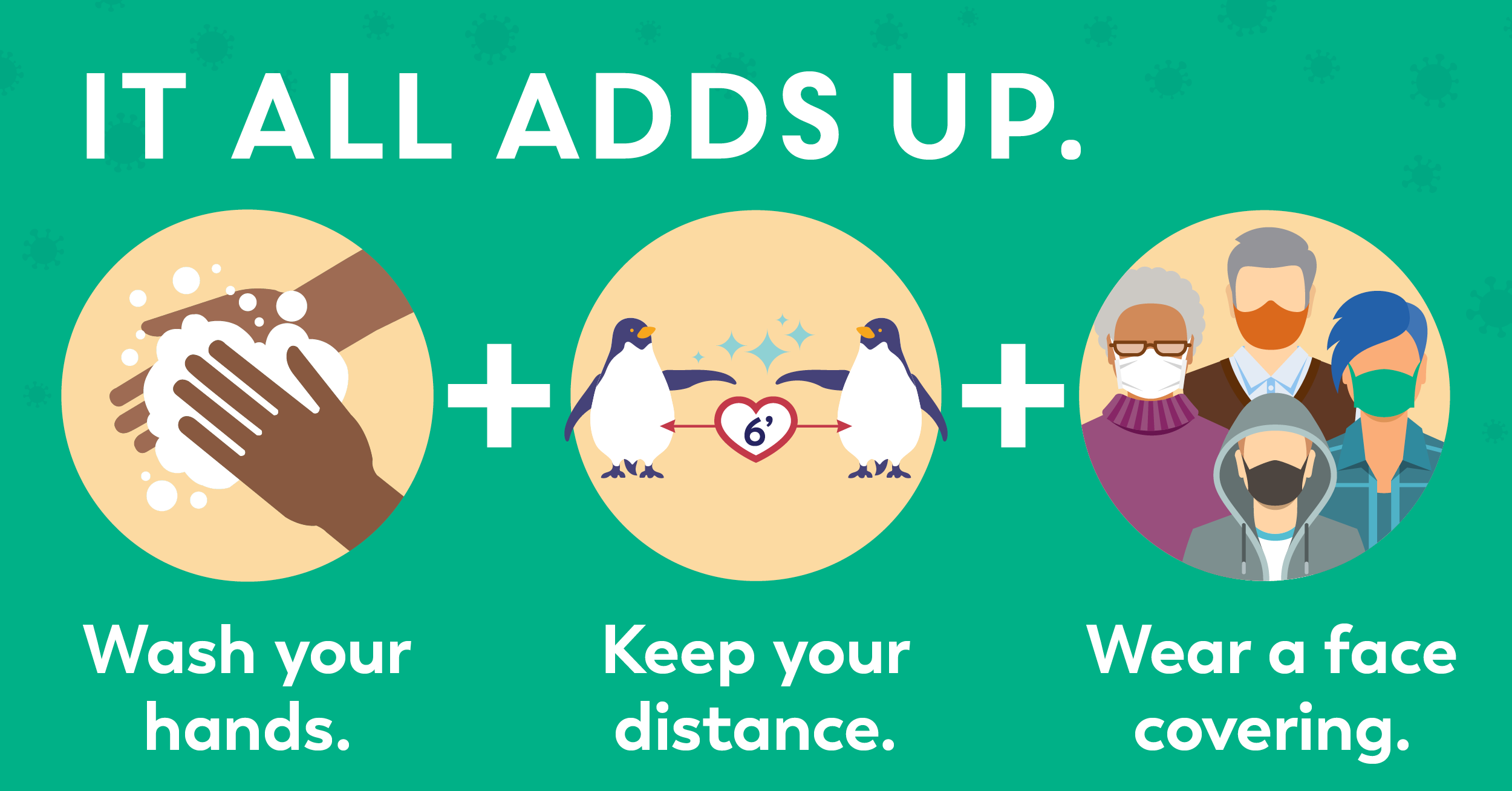At the start of the COVID-19 pandemic, ESD 112 and school district communicators in our region recognized the need to collaborate to produce consistent, accurate materials to guide communications about the rapidly changing situation. We established a school district specific “Joint Information Center” (JIC), as is common in disaster relief operations and organized a shared resources drive on Google. The group met daily, starting in March 2020, and this continued for months. Meetings were reduced to three times weekly and then to the current practice of twice weekly.
A Collaborative Approach
The group collaborated and collectively responded to media requests about regional topics such as changes in guidance, delays and announcements about in-person learning, etc. This collaborative response allowed for one point of contact, using agreed-upon talking points, for clear and cohesive messaging. School districts shared individual district communications to help ensure message consistency and stored them in the toolkit for others’ knowledge and use.
Educated Decision–Making
Focus groups were established within the larger group to research issues/needs to identify and develop toolkit elements. Health departments and education leaders conducted research and collaborated to understand and explain complex issues related to COVID-19 symptoms, quarantine timelines, remote learning transitions, safety protocols, mental health supports, event cancellations/format changes, vaccine, and differing approaches to these issues.
Shared Resources & Materials
Our ESD 112 Communications team developed materials vetted and used collectively by the group (with districts customizing as needed). Many of these templates and graphics were used by local health departments and other organizations that didn’t have the resources to develop their own materials.
This collaborative approach to crisis communications brought communicators in our region and other parts of the state closer together during what was an extremely stressful time. The larger group helped those working in isolation feel supported, and also helped fend off “crisis fatigue” as the pandemic went on (and on and on).
Materials developed by our team:
- Health Department approved letter templates
- Flow charts to determine exclusion from school/work
- General talking points about complex COVID issues
- Graphics campaigns for mitigation efforts, health attestation reminders, remote learning options, and more
- Translations in Spanish and Russian provided by Evergreen, Yakima, Vancouver and Battle Ground School Districts
stakeholders meeting and collaborating on response and toolkit materials
graphics and templates developed by our team for the toolkit
hours spent by our team on group facilitation and materials development from March 2020–February 2022
Staying nimble, two years and counting
COVID
Response
Timeline
Mar 2020 – Apr 2020
Crisis Response
- Friday, March 13 was the last day of school for what turned out to be the rest of the school year. We coordinated our efforts around messaging to communicate the school closures and the pivot to remote learning.
May 2020 – Jul 2020
Mitigation Communications
- In preparation for the 2020-21 school year, we worked with the local health department to craft social media messages around mitigation efforts, such as masking and avoiding gatherings.
Aug 2020 – Dec 2020
Remote Learning 2.0
- When it became apparent that the school year would start out with remote learning for most schools, we helped districts craft messaging around remote learning options and improvements. We also worked closely with public health, superintendents, and district communicators to navigate the ever-changing health requirements around school reopening plans.
Jan 2021 – Jan 2022
Vaccines & In-Person Learning
- As schools reopened, we worked closely with public health to maintain symptom flowcharts, notification letters, health attestation reminders and other materials that came with in-person learning. We also helped communicate to staff where to find the vaccine when supplies were limited.
Feb 2022 – Present
Endemic Transition
- As more children became vaccinated and the omicron surge subsided, the focus turned to an end to masking mandates and a return to some normalcy. We helped educators communicate remote education options for those needing them and the transition away from masking in schools.



In their words
“The COVID-19 pandemic has been extremely difficult on families, students and for school district personnel. The coordination, creative development and organizational efforts of ESD 112 have been a huge help. Being able to share information, challenges and successes has created a community of communication professionals that is closer and more helpful to each other than ever. Thank you ESD 112 for all you do.”
“I just wanted to say a quick thank you for organizing the calls, supplying the agendas, providing resources and the wrap ups. Especially, as a relatively new person to the education communications world, these resources and talks have been really helpful. They have also been a way for me to get to know people which is so important in times like these. Once again, thanks for all that you are doing. I appreciate it.”
“I have found the regional coordination of our communication efforts to be invaluable. It not only provided consistent, clear messaging with a unified voice, it also created space and time for the communicators to understand the nuances of each district’s reopening plans. The tools developed for regional use were collaborative, timely and perfect for addressing communications challenges and needs.”
“As a communicator in a smaller district in the region, sharing the work of creating great messages, translating documents, and anticipating questions we needed to be able to answer during the COVID-19 pandemic was a huge support. The shared resources were much better than we could have created working by ourselves, and have garnered praise from our school board, district leadership, and district families.”

